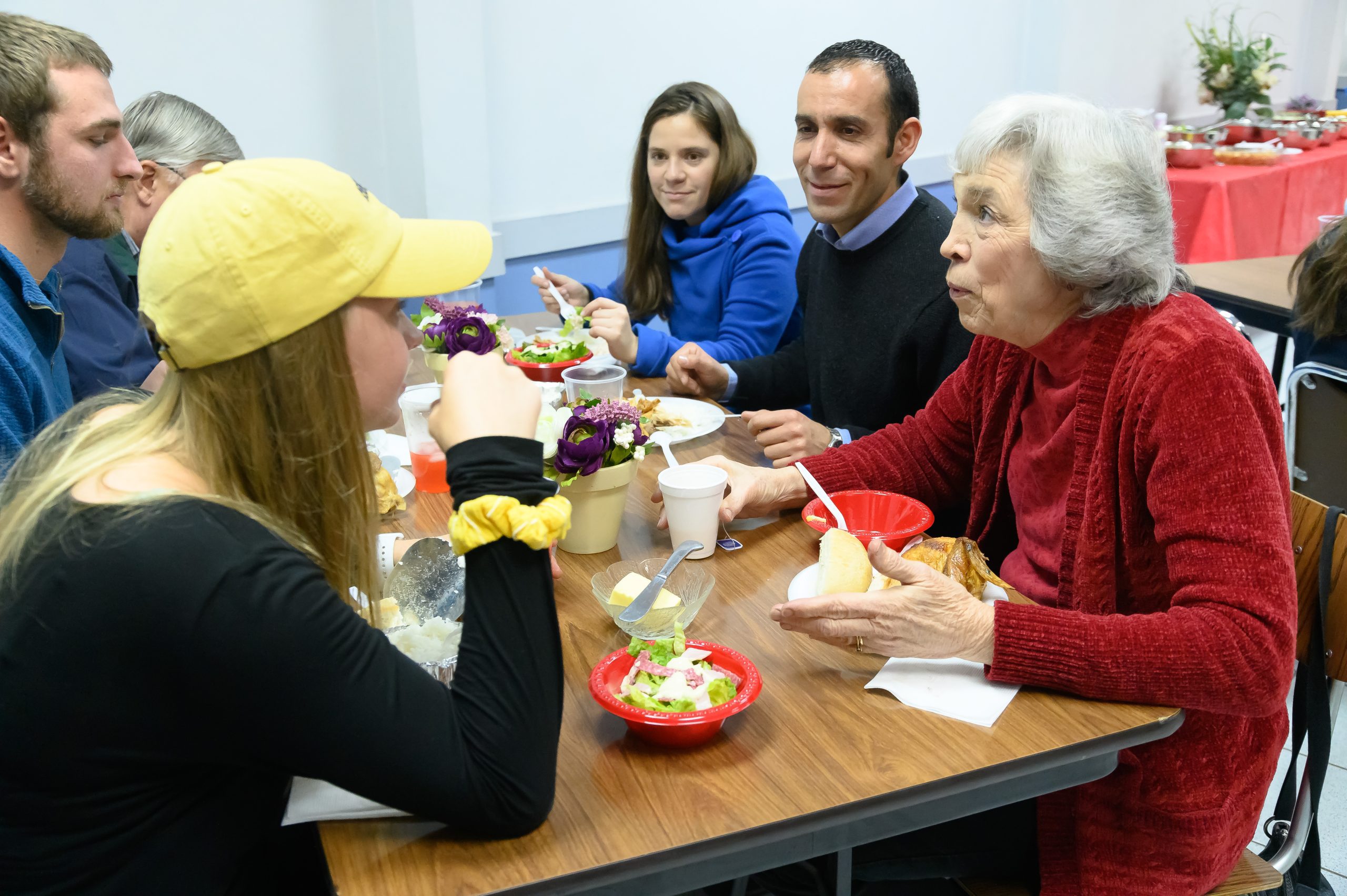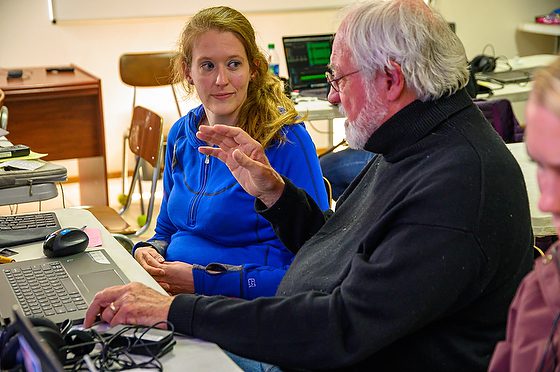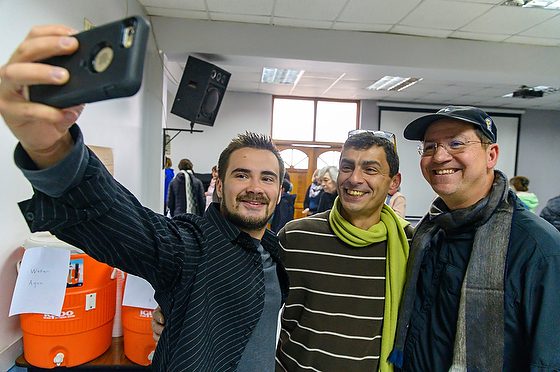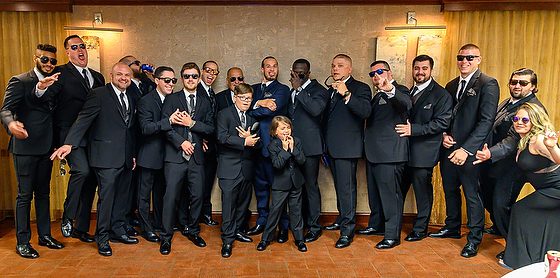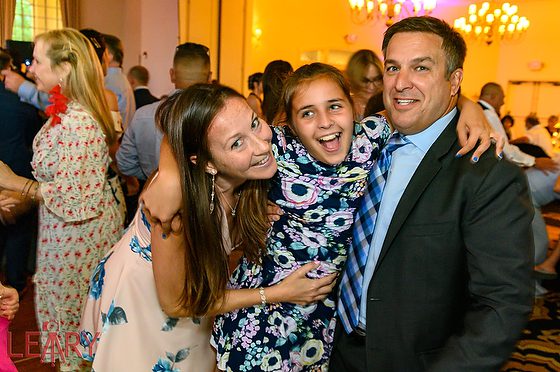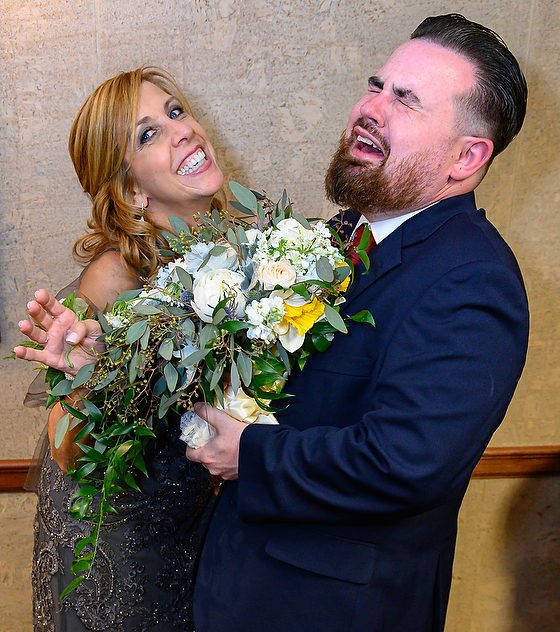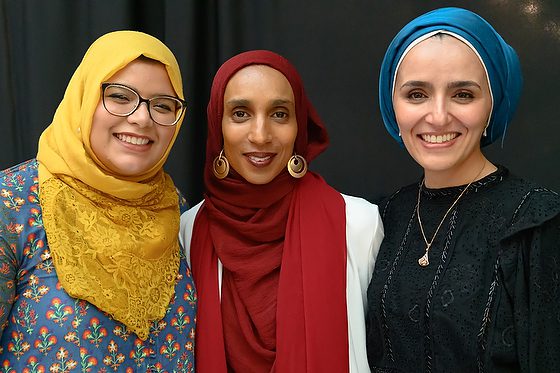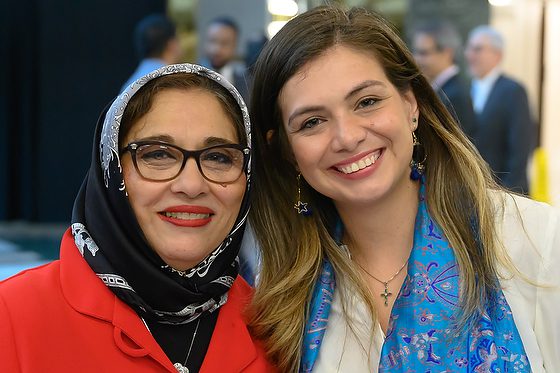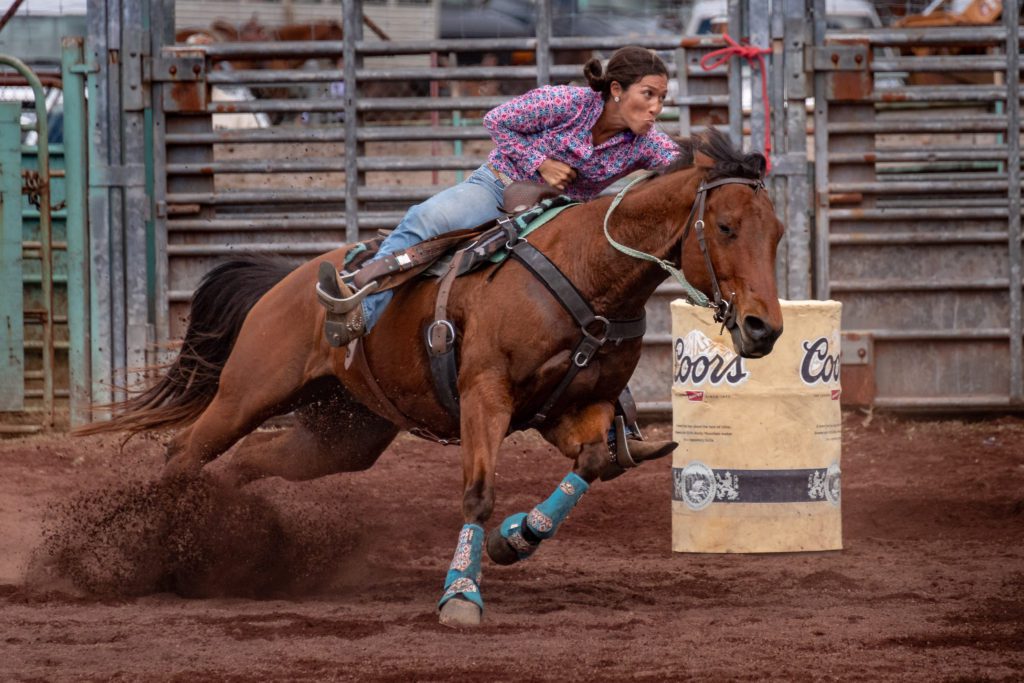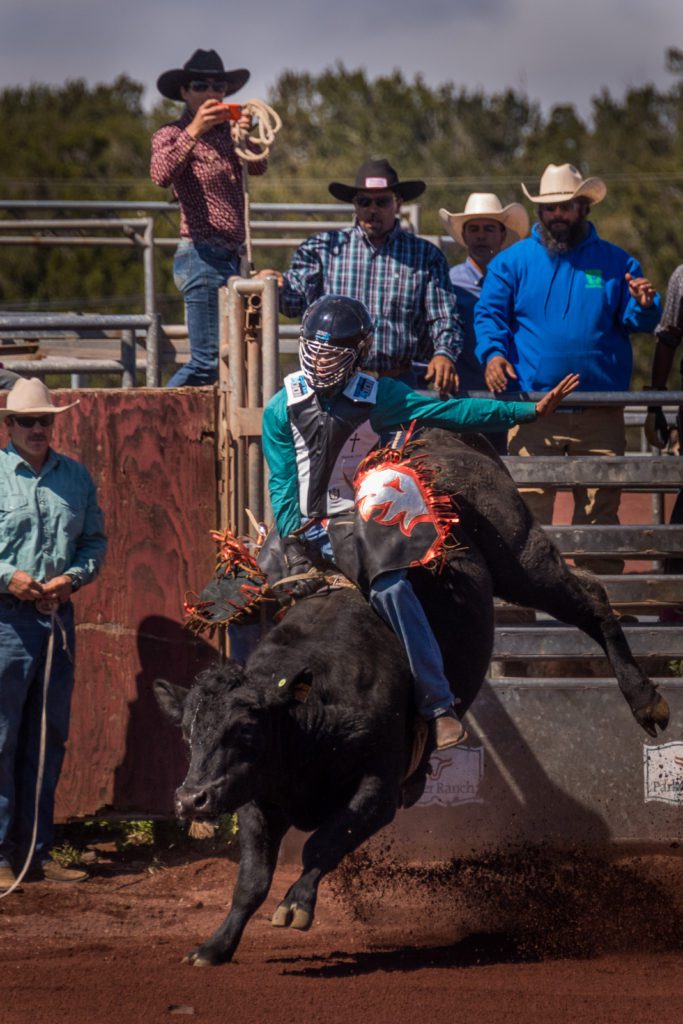“The debilitating interpersonal impairments experienced by individuals with Autism Spectrum Disorder are assumed to result from a neurocognitive impairment in the basic motivation and ability to understand people’s thoughts, feelings, and behaviors – perhaps even their own.”
– Personality and Self-Insight in Individuals with Autism Spectrum Disorder by: Roberta A. Schriber, Richard W. Robins, and Marjorie Solomon
I want to fit in and connect with people. This desire has led me to try and understand good communication skills and do a LOT of self-evaluation.

People with Autism and those struggling in storytelling have something in common. We can get a message delivered but are often perplexed about why the audience isn’t responding.
I am on the Autism Spectrum and considered to be high functioning. What is essential to understand for this blog post is, at its core, Autism is a disorder that has social impairment at its heart.
My wife, family, and friends have all gotten used to me. I will be deep in thoughts, and when something fascinating is in my mind, I often share this with those around me.
When I do share these thoughts, I am seldom taking the time to understand what is going on at the moment with them. I do a poor job of meeting people where they are in that split second and helping them make a transition to something I would like to share.

Guess what? When it comes to business and communications in general, this is a problem for everyone. When you have something to sell, you are like someone with Autism. You have a tough time meeting people where they are. People constantly are talking about everything they know about their product but do not understand where your audience is at the moment and about the product they are selling.
One important thing people in business and Autism have in common is often lacking an understanding of self.
We are so into our thoughts that we are not thinking about how we come across to others [AUDIENCE].
Two common themes I heard throughout my life are that first; I need to learn to meet people where they are in the moment. Secondly, almost everyone said that once people got to know me, they appreciated me much more.
You cannot survive very long with these characteristics when you are in communications or sales. You need to be seen as a person who cares for others. You need to be seen as someone interested in others and not just yourself.

The hardest part of storytelling is not knowing your subject or peeling the onion to get the best story. The hardest part of storytelling is meeting the audience where they are with the story.
Stanley Leary
It would help if you did as much research understanding your audience’s knowledge of the subject as you do about your story/product.

When it comes to storytelling for nonprofits, you will always have a “Call to Action” at the end of the story. Now that you have heard this story, you can get involved.
People take action to work with a nonprofit because of a few things.
- They have the skill the nonprofit needs.
- They have a heart for the nonprofit
- They have someone who is involved with the nonprofit that they care about [ie..family or friend who they want to support]
In narrative storytelling, the hero of the story, the subject, has a problem they cannot solve alone. They need some help. Either they have someone to help them, like a mentor or a resource that helps them overcome adversity and become better because of this process.
Many nonprofits are about providing education. They need teachers, administrators, and others to help run a school. When telling a story of someone they helped, this helps to describe what they do and invite others to help them continue doing this with even more people. If the audience has people who have worked in education in some way, they may see themselves wanting to be part of the organization. A teacher who just finished 30 years teaching and retired in their early 50s may want to go and teach in a nonprofit and give back.
The storyteller must know what the audience can do to be a part of the success of the future story of the organization.

Once you understand your audience, you now know how to meet them where they are and tell the story in a way that helps them to see how they are part of the solution.
Here are some questions to consider if you engage your audience as a storyteller.
- Have you had to change the story because of the audience?
- Have you asked questions that you wouldn’t have asked but the audience may ask when working on a story?
- Have you ever created a focus group of an audience and asked them what makes them want to participate in a nonprofit?
- Have you ever created a focus group of an audience and asked them what turns them off about nonprofits?
- Have you ever dropped a great story because it doesn’t help the organization?
- Have you had to talk a client out of doing a story because it doesn’t engage the audience?
Have you adjusted how you tell a story because of the audience?

